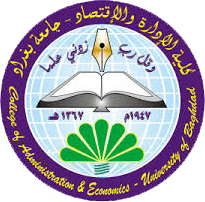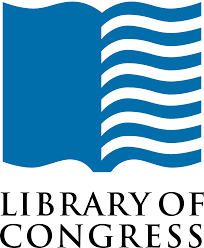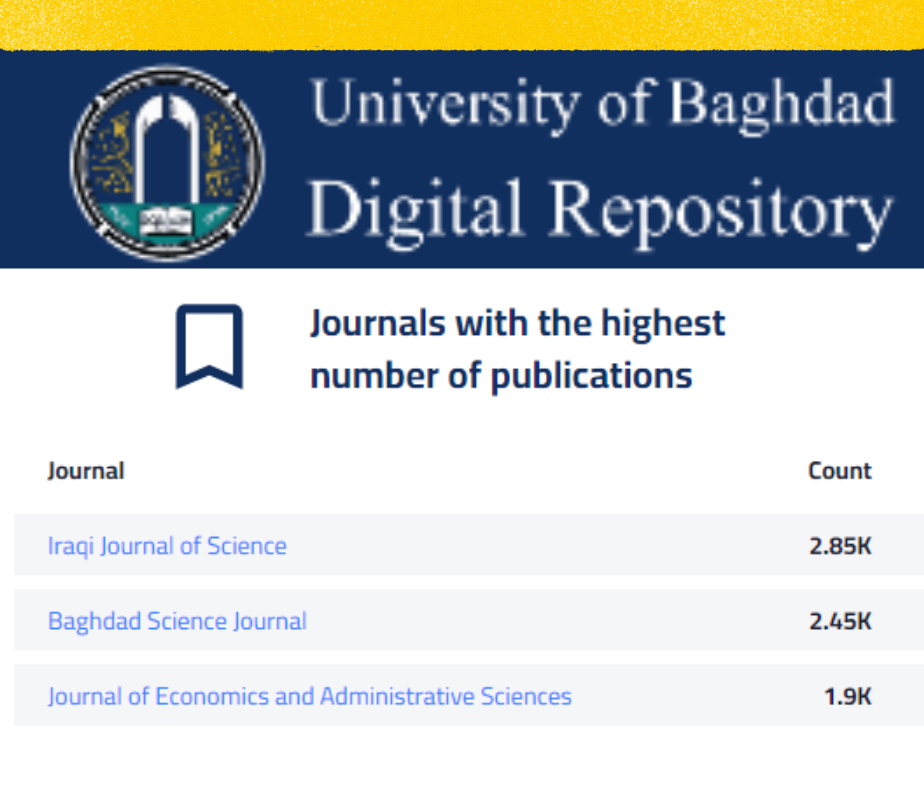Building a model to reduce the cost of hajj in the Iraqi Authority for Hajj and Umrah
DOI:
https://doi.org/10.33095/jeas.v26i123.1993Keywords:
بحوث العمليات، البرمجة الخطية، مشاكل النقل، النماذج الرياضية، نماذج النقل., Building Models, Linear Programming, Mathematical models, Operations Research, Transportation Problems.Abstract
The research is summarized in the construction of a mathematical model using the most common methods in the science of Operations Research, which are the models of transportation and linear programming to find the best solution to the problem of the high cost of hajj in Iraq, and this is done by reaching the optimum number of pilgrims traveling through both land ports and the number Ideal for passengers traveling through airports by Iraqi Airways, instead of relying on the personal experience of the decision-maker in Hajj and Umrah Authority by identifying the best port for pilgrim's travel, which can tolerate right or wrong, has been based on scientific methods of Operations Research, the researcher built two mathematical models, the first model was formulated in the form of a Transport problem and its goal is to determine the optimal number of traveling pilgrims through air or land ports and each province with the identification of the best port for travel (the least expensive), while the second model specifies the optimal duration of stay pilgrims in Saudi Arabia, taking into account the limitations of the problem, So it was the result reduce the total cost of hajj by (15,107,574.8) U.S. dollars or 11 percent. The results also included the preparation of a comprehensive plan for the development of transporting pilgrims, which the decision-makers of the Authority can use to transport pilgrims from Iraq to Saudi Arabia in the coming years.
Downloads
Published
Issue
Section
License
Articles submitted to the journal should not have been published before in their current or substantially similar form, or be under consideration for publication with another journal. Please see JEAS originality guidelines for details. Use this in conjunction with the points below about references, before submission i.e. always attribute clearly using either indented text or quote marks as well as making use of the preferred Harvard style of formatting. Authors submitting articles for publication warrant that the work is not an infringement of any existing copyright and will indemnify the publisher against any breach of such warranty. For ease of dissemination and to ensure proper policing of use, papers and contributions become the legal copyright of the publisher unless otherwise agreed.
The editor may make use of Turnitin software for checking the originality of submissions received.













 How to use the OJS system
How to use the OJS system 











